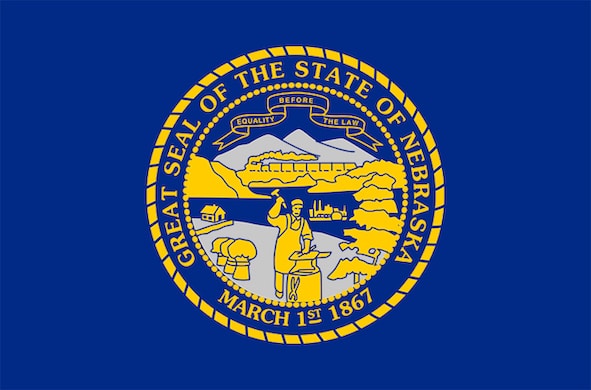As The Imprint reported in multiple stories last week, the Family First Prevention Services Act has become law. It includes the biggest change to the structure of federal child welfare finance since the establishment of the Title IV-E entitlement in 1980.
So what is actually in this thing? Youth Services Insider pored over all 103 pages of the law. Here is part two of our three-part breakdown of its two major sections and all of the additional provisions inside Family First.
LIMITING CONGREGATE CARE
If a child is placed by an agency into a “child care institution,” no IV-E foster care payment can be made beginning with the third week of that placement. States can still seek reimbursement for the administrative expenditures related to a child’s case though.
What is a “child care institution?”
The law basically defines a “family foster home” as having six or fewer kids, with some notable exceptions made to keep siblings together and a few other reasons.
A “child care institution” includes any private child-serving institution, and any public child-serving institution that holds 25 or fewer children. Federal law already precludes IV-E reimbursement for placements larger than that.
One important carve-out here is that the law exempts from this juvenile facilities involved in pre- or post-adjudication services. On the flipside, though, the law requires the state not to “enact or advance policies” that would increase the population of the juvenile justice system.
Translation: No arresting youth for the purpose of being able to house them in group settings. The law also mandates a Government Accountability Office (GAO) study on the matter, due by the year 2025.

The Family First Act, first drafted by Sens. Orrin Hatch and Ron Wyden, became law this month
So the federal government won’t pay for congregate care after two weeks under any circumstances?
Not exactly. There are several very significant exceptions to this new rule. The following placements would be eligible for payments beyond two weeks:
- A setting for prenatal, postpartum or parenting supports for teen moms.
- A supervised setting for a child 18 or older. This allows states to continue to receive support for extended foster care, a key provision of Fostering Connections to Success and Increasing Adoptions Act that about half the states have opted into.
- “High quality residential services” for youth who have been victims of trafficking or who are at risk of it. It will be of interest how HHS further regulates this in regard to the terms “high quality” and “at risk.”
- A “qualified residential treatment program,” or QRTP.
Yet another acronym is born! What is QRTP?
The law identifies several defining characteristics of such a setting:
- Licensed by at least one of three accreditors: Commission on Accreditation of Rehabilitation Facilities; Joint Commission on Accreditation of Healthcare Organizations; Council on Accreditation.
- Has a trauma-informed treatment model that includes service of clinical needs.
- Has registered or licensed nursing staff in accordance with the model, and that a nurse is on call at all times. Note: The original bill actually required a nurse or clinical staff on premises during all work/operating hours and on call at night.
- Is inclusive of family members in treatment plans and programs.
- Plans for at least a six-month window of support after discharge.
Can a state use a QRTP for the long haul with kids?
Theoretically yes, but not without a review process. There is a 30-day window for an assessment that deems the placement necessary. After that, assessment of the continued need for the placement must be conducted every 60 days.
For really long-term stays – 12 months straight, or any 18 months – the actual head of the state agency must sign off.
The law also requires state IV-E plans to demonstrate “procedures and protocols” to ensure that foster youth are not inappropriately given mental health diagnoses that would make it easier to justify their placement in a QRTP.
HHS will have to do an evaluation by 2020 to determine best practices and trends on this subject.
How long do states have until these limits take effect?
It could take until 2021 for these limits in some states.
The limitations on group care do not take effect for anyone until October 2019. But states can also apply to get a two-year delay on these limits. There is a caveat though: if a state delays on the congregate care limits, it precludes any reimbursement for the front-end prevention services provided in the law.
Surely, the authors intended that caveat to serve as an incentive against states seeking a delay on congregate care. But it’s worth noting that the opposite might occur: states that might have embraced the front-end cost-sharing, but are wary of the congregate impact, might forgo the foster care prevention funds to lock in a delay.
The delay decision ability gives significant power to state agencies in states where the county child welfare agencies do a lot of the work. For example: In Pennsylvania, if Allegheny County really wants to tap into those front-end federal funds, it is out of luck for a while if Pennsylvania decides to seek a delay on congregate care.
Or in California, let’s say Los Angeles really does not want the congregate care limits. If the state decides not to seek a delay, those limitations are coming a year or two sooner than the county wants.
If you are interested in federal juvenile justice and child welfare policy, read our special issue “Kids on the Hill.” Just hit this LINK.






